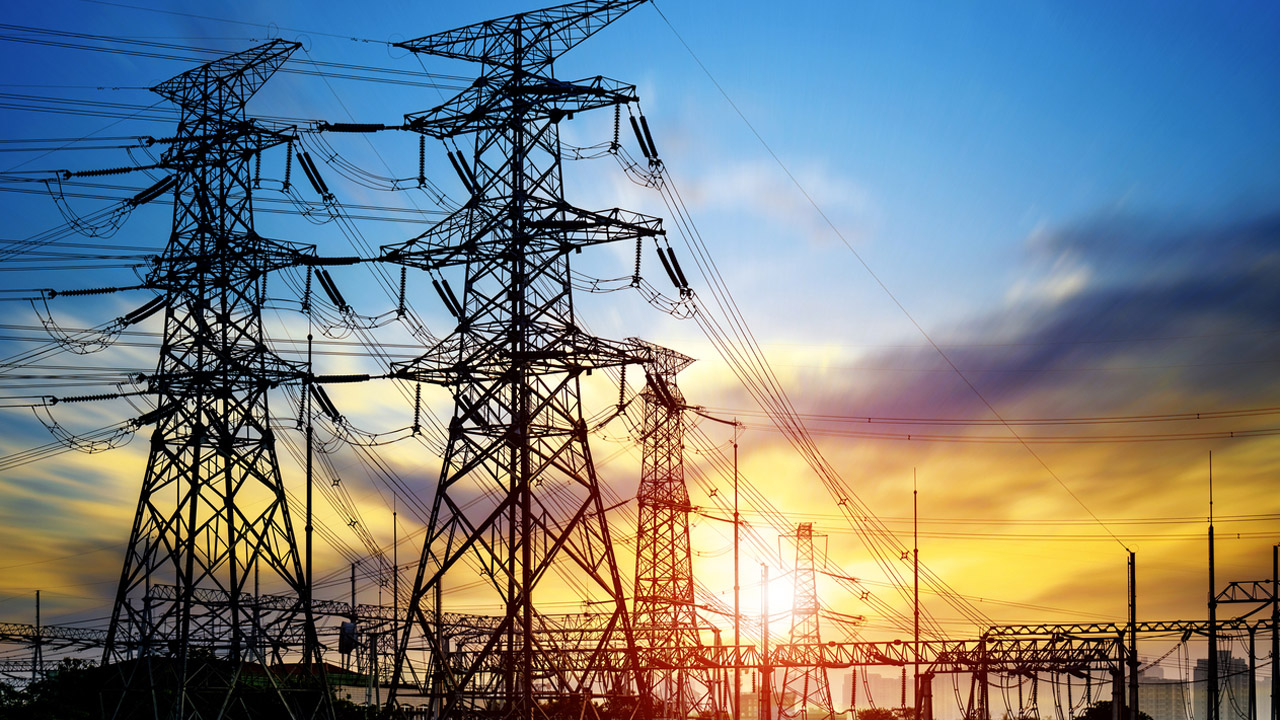India (Commonwealth Union)_ India is creating world-class multi-country power-sharing infrastructure. As it is crafted and transmission rolls out, the country will be at the forefront of an energy revolution.
After having set the ball rolling with the United Arab Emirates, India is now looking at trading power with Southeast Asia. It is another peg in the ‘Look East’ policy story, and the countries under consideration for this trading option include Myanmar and Thailand. The program is being explored, thanks to the growing renewable energy capacity in the country and the huge diplomatic heft that such trading can bring in its wake.
Reuters broke this story on July 21, saying: “The grid linkages, which an industry official said could take at least four years to complete, follow India’s effort to begin trading power with Middle Eastern countries such as the United Arab Emirates. India has engaged France’s EDF (Electricite de France S.A., commonly known as EDF, is a French multinational electric utility company owned by the French state) to prepare a regulatory framework that would address key challenges, including pricing, the industry official said. EDF is expected to complete the report by the end of this year, the official said, and added, “Once we are able to connect India’s national grid to Burma (Myanmar), we should be able to strengthen the grid there and further transmit to Thailand and even Asia’s east.”
Transmission charges
The EDF role will be crucial, and the framework they design and its acceptability across the value chain will be the key to the success of this ambitious mission.
As officials have weighed in, it is the cost of the transmission charges on the power supplied using the interconnected regional network that will be the critical dealmaker. India has already entered the global power market and has power export agreements with Bangladesh, Nepal, and Bhutan and a minor transmission to Myanmar as well. These arrangements will multiply vastly if the new regulatory-driven framework is approved by all the countries involved.
The Financial Express, in a detailed story on the issue, said: Power Ministry officials were “in advanced discussions with Singapore for signing a deal on laying down a direct under-sea interconnection for trade in renewable power,” an official in the Ministry of Power said on condition of anonymity. The FE report further said that “Indian power officials are holding separate and joint discussions with countries of Southeast Asia including, Singapore, Malaysia, Myanmar, Indonesia, and Thailand, at the G20 Clean Energy Ministerial meeting in Goa.
Having been late in catching the silicon chip and the electronic revolution, India wants to be a leader, and not a laggard, in the energy and green energy business.
Infra and investment News reports suggest that the Asian Development Bank (ADB), which is in talks with the country’s Central Electricity Authority (CEA) and Central Transmission Utility (CTU), has already prepared a detailed project report (DPR). What the CEA has done in turn is the creation of a joint consultative committee with officials from several utilities and the Power Grid Corporation of India to map the infrastructure requirements and the investment to put the project into motion. So how would these interconnections happen? Officials state that these would be both over land and under the sea.
The general perception in informed energy circles is that India is ramping up to become a global powerhouse in the energy business. Having been late in catching the silicon chip and the electronic revolution, India wants to be a leader, and not a laggard, in the energy and green energy business. While the Hydrogen Mission is just about getting started, in the renewal business, India currently has a renewable energy capacity of 177 gigawatts (GW), and plans to increase it to 500 GW by 2030.
Interconnection deal
While the Look East is on the drawing board, India and the UAE are giving the final touches to their own major agreement on energy interconnection between the two countries. In January, Power Minister RK Singh, who was in Abu Dhabi for the International Renewable Energy Agency’s (IRENA) assembly of which India is currently president, told the media that this collaboration was awaiting final approvals.
Reuters quoted him as telling the conference that “there is a major agreement for an interconnection between the UAE electricity grid, and the Indian grid,” and added, “Both sides have agreed (and) we believe it will come.” This project would be under the One Sun, One World, One Grid (OSOWOG) initiative – first proposed by Prime Minister Narendra Modi – where a like-minded group of countries create renewable energy networks. The OSOWOG initiative aims to transfer renewable energy power by connecting grids. During RK Singh’s visit, India and the UAE also signed a Memorandum of Understanding on green hydrogen development, produced using renewable energy.








